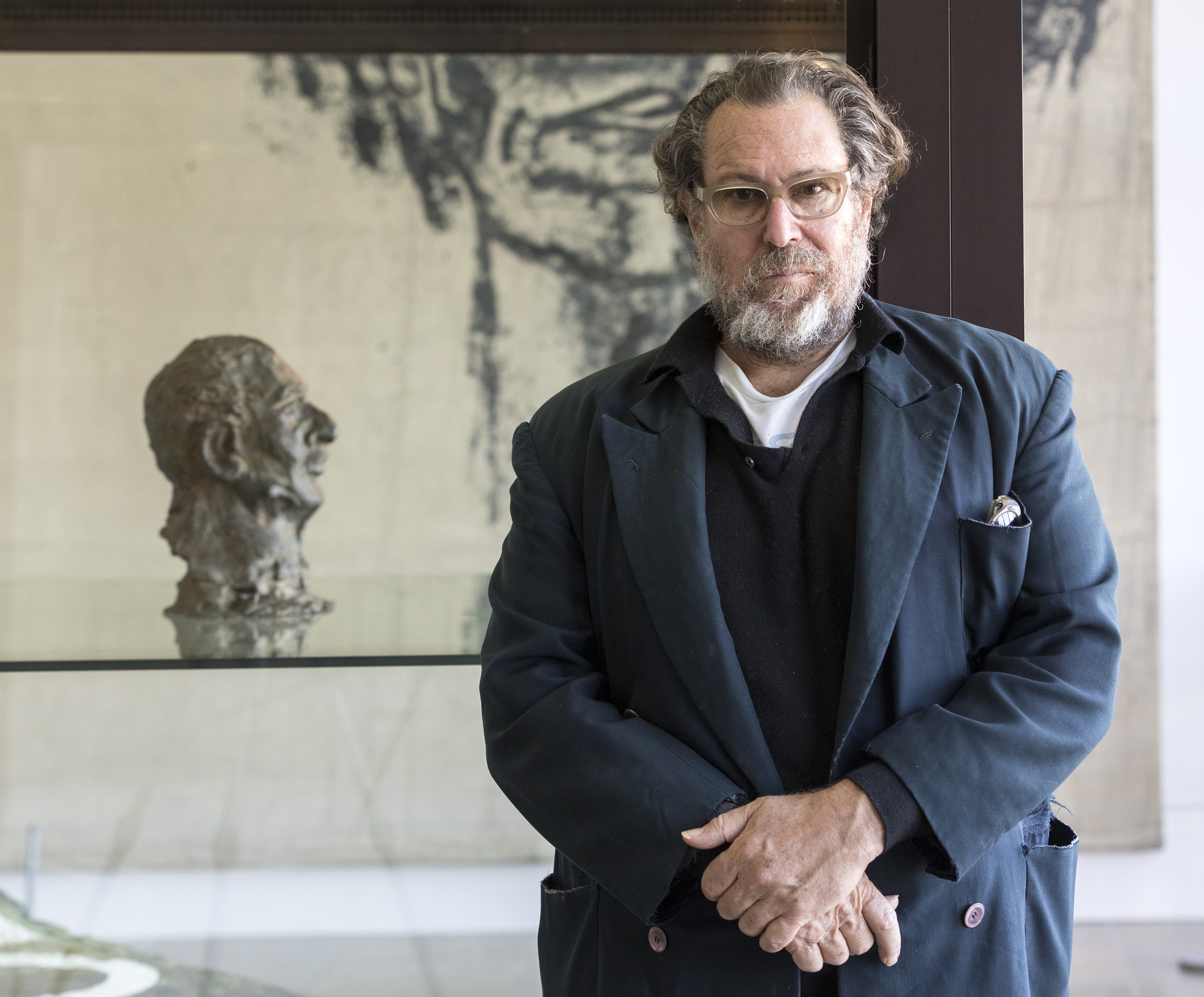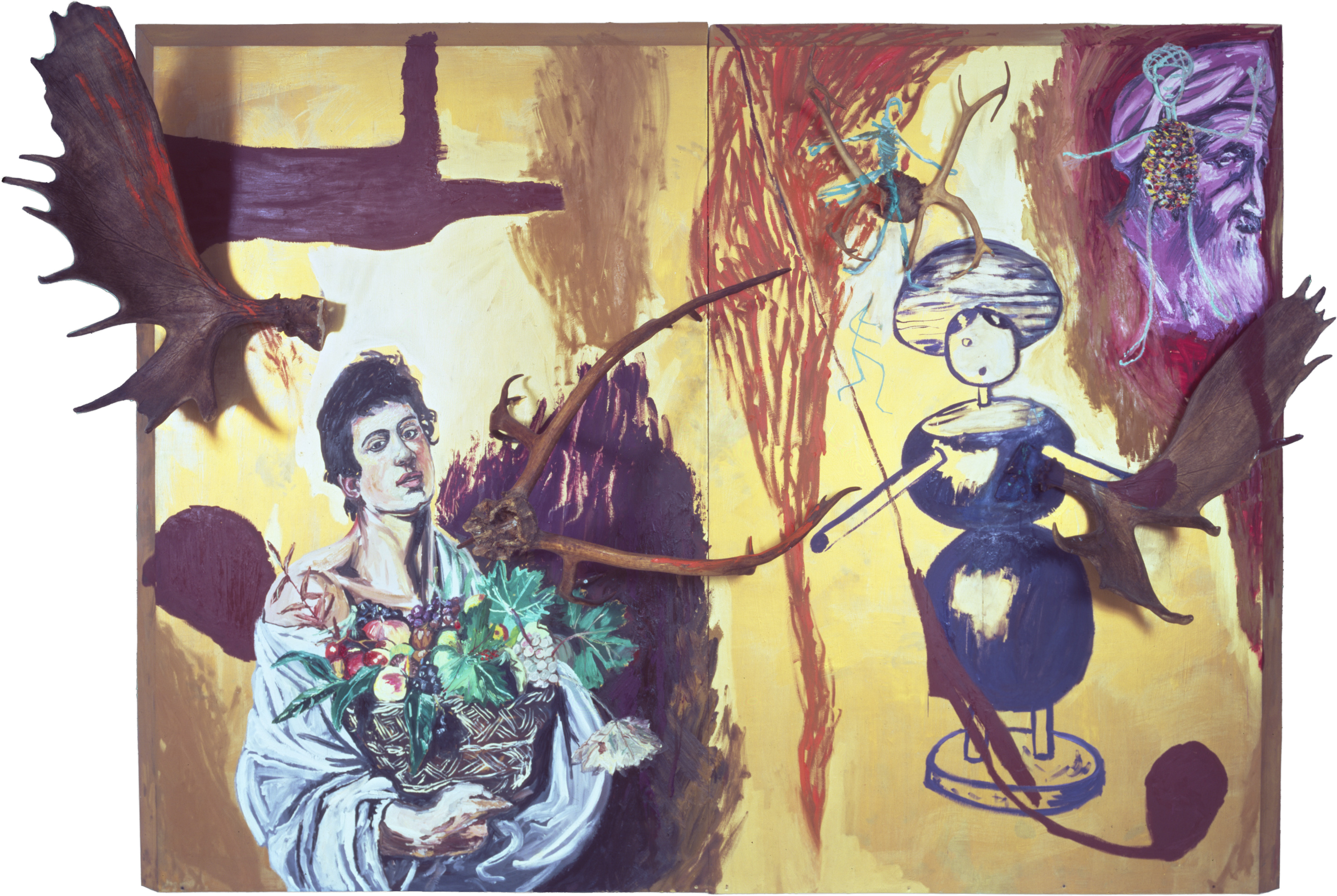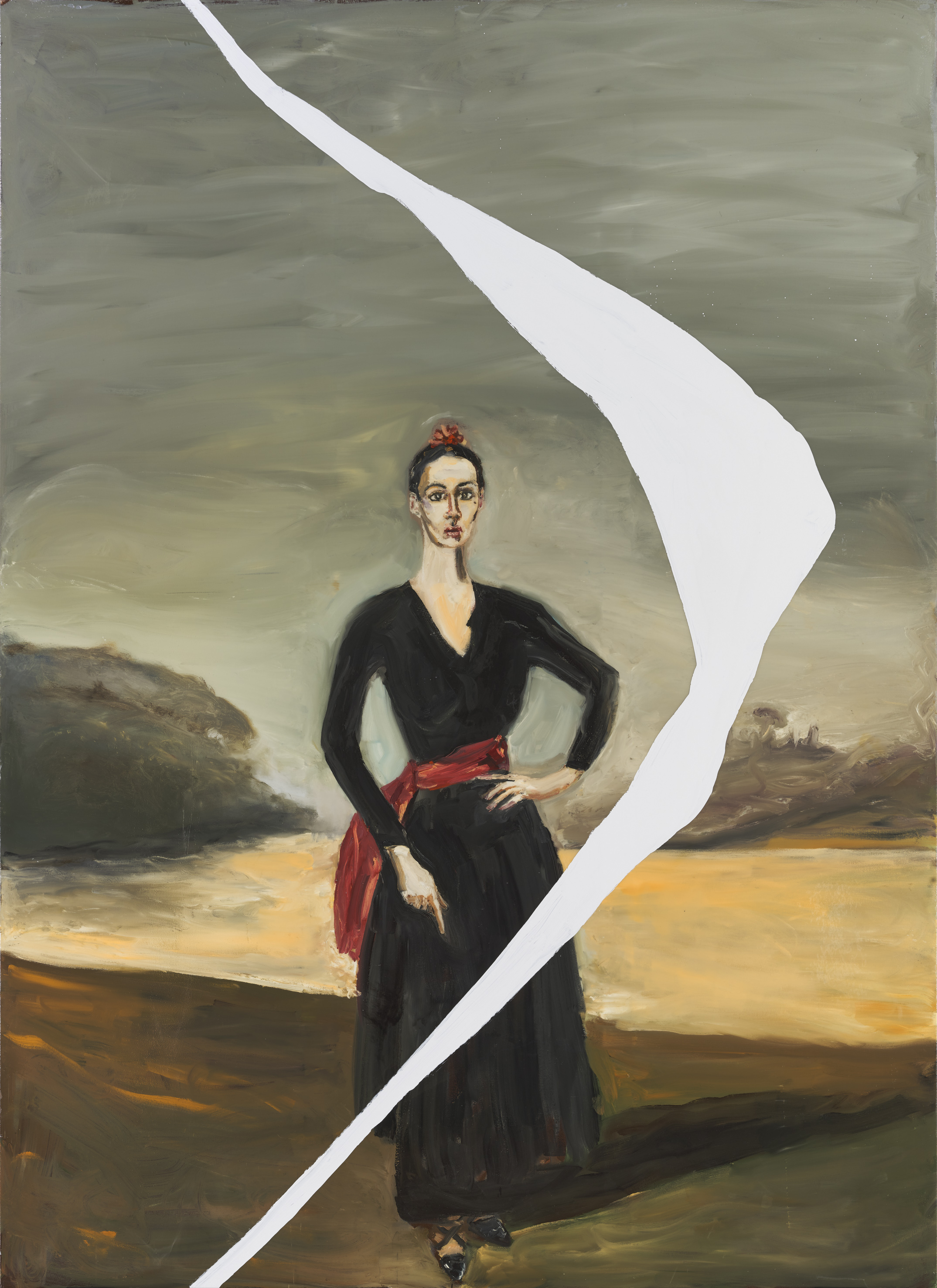Following a long break, the artist showcases in Paris a selection of his paintings inspired by the Impressionist masters

Artist and film director, major figure of the neo-expressionism of the 80s, comrade of Warhol and Basquiat, Julian Schnabel [who Port met for the cover story of issue 20] has recently unveiled a solo show at the Musée d’Orsay in Paris. More precisely, it is a juxtaposition of his paintings, sculptures and installations with the masterpieces of Impressionism. Guided by the exhibition’s curator Donatien Grau, he has chosen for this purpose a few dozen van Goghs, Monets and Toulouse-Lautrecs – an ultimate sign of recognition on behalf of the French artistic community. Schnabel is one of the few contemporary artists, if not the only one, who dares to quote the Impressionists in their own artwork.

Schnabel’s stylistic palette is, in fact, even more historicised: references to Caravaggio, and Picasso motifs, Velasquez and Goya, painting-sculpture by Jean Fautrier and arte povera, sculptural brutalism à la Rodin, romanticism and conceptualism, kitsch and monochrome laconism. Schnabel is primarily a portraitist, but he also works in still life and abstraction. As a testimony about the war between Freudians and Lacanians in the 70s – the war, in which the American bourgeoisie engaged being obsessed by psychoanalysis – Schnabel writes, with the white paint, the name of Freud on a coffin. An unsophisticated act? Sure, but striking right on the target. The varnished Goya-esque portrait of the Russian model Tatiana Lisovskaya, disguised as Carmen – can one imagine a more kitschy staging? – proves, once seen, that figurative painting inspired by the old masters can actually remain relevant today.

Schnabel’s works are solid, first and foremost: large-scale, well-crafted, unambiguous. Masculine and confident. Among Orsay’s paintings, Schnabel intentionally chooses the most iconic, like Van Gogh’s 1889 self-portrait. And he doesn’t lose his bet: surrounded by them, Schnabel’s artworks are not burned by their energy, but, on the contrary, prove to be comparable to the Belle Époque’s masterpieces.

This masculinity, suggested by Schnabel, is old-fashioned and protective – that of a Roman law’s pater familias or a biblical patriarch. Human faces, which he puts on the canvas, are neither crazy nor lascivious, but calm and thoughtful. With a particular tenderness Schnabel, who looks like Bluebeard or Emperor Charles V, draws the flowers. One of the greatest New York’s playboys in the 70s and 80s, Schnabel paints his girlfriends decently dressed up, virtually like matrons. He is masculine at the time of the #MeToo movement, a craftsman at a time when art becomes dematerialized, eclectic and figurative at the time of post-conceptual uniformity, serious and straight in the age of relativism and ultra-complexity.
Orsay through the Eyes of Julian Schnabel runs at the Musée d’Orsay until 13th January 2019




